Introduction
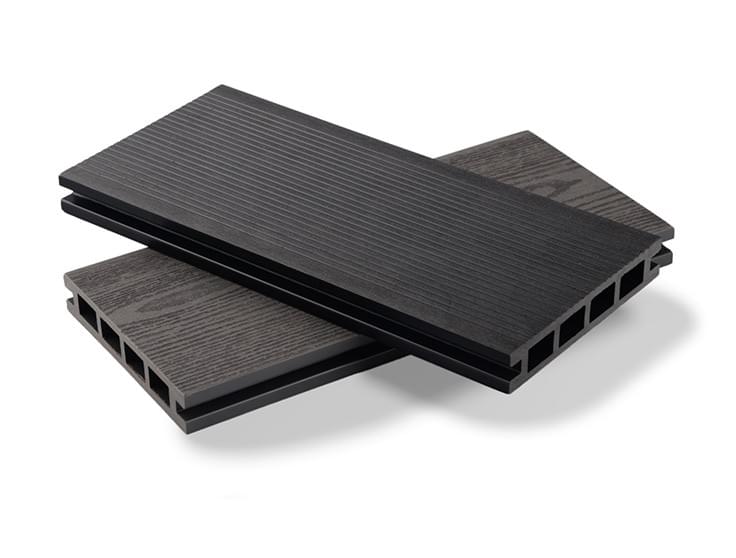
With options ranging from traditional wood to modern composites, understanding the differences is crucial for any homeowner or builder looking to create a stunning outdoor space. Among these options, hollow core decking has emerged as a popular choice due to its unique benefits and versatile applications.
Understanding Decking Materials
Decking materials play a significant role in the overall aesthetics and functionality of your outdoor living area. Hollow core decking, in particular, offers a lightweight alternative that makes installation easier and more efficient. Whether you’re retrofitting older decks or building new ones, knowing the characteristics of various materials will help you make informed decisions.
Why Choose Between Boards
The decision between hollow core and solid boards is not just about aesthetics; it also involves practical considerations like weight, strength, and cost. Choosing hollow core decking can provide advantages such as lower costs and easier handling during installation. Additionally, understanding how each type performs under different conditions can help you select the best option for your specific needs.
Key Factors to Consider
When evaluating whether to go with hollow core decking or solid boards, several key factors come into play: weight considerations for retrofitting older decks, equal strength capabilities of both types under pressure, and budget constraints that influence long-term investments. By weighing these elements carefully, you can ensure that your deck meets both functional requirements and personal preferences. Ultimately, making an informed choice will lead you toward a successful decking project that stands the test of time.
What Are Hollow Core Decking Boards?
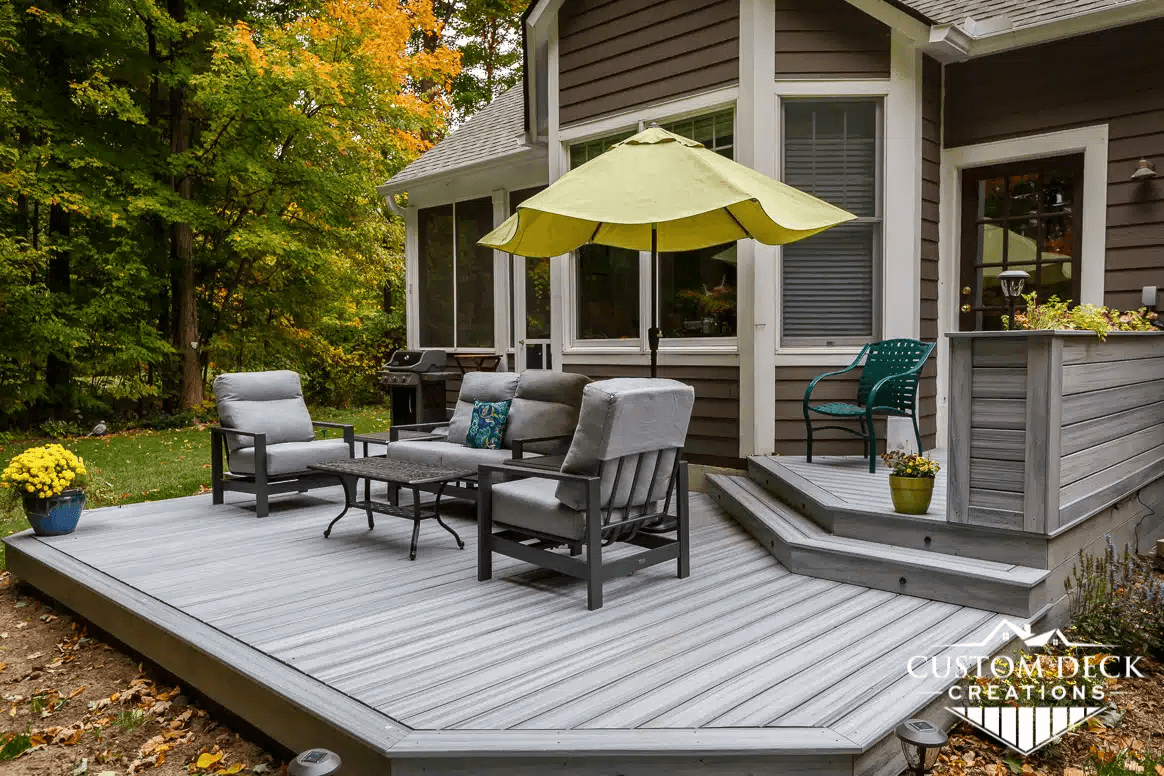
Hollow core decking boards are a modern solution in the world of outdoor flooring, designed to provide both aesthetics and practicality. Unlike traditional solid boards, these innovative structures feature a hollow interior that significantly reduces weight without sacrificing strength or durability. This unique design makes hollow core decking increasingly popular among homeowners and builders alike, especially for retrofitting older decks.
The Composition of Hollow Boards
The composition of hollow boards typically includes a blend of recycled materials, such as wood fibers and plastic composites. This combination not only contributes to their lightweight nature but also enhances their resistance to moisture, rot, and insects—common concerns with traditional wood decking. Additionally, the hollow structure is engineered to maintain structural integrity while minimizing the amount of material used, making it an environmentally friendly choice.
Benefits of Hollow Core Decking
One of the standout benefits of hollow core decking is its lightweight characteristic; this makes it ideal for retrofitting older decks without overburdening existing structures. Homeowners can enjoy lower installation costs due to reduced labor time and fewer complications during setup. Moreover, these boards often come at a lower cost than solid alternatives while still offering equal strength, making them an attractive option for budget-conscious consumers.
Ideal Uses for Hollow Boards
Hollow core decking is particularly well-suited for various applications such as poolside areas, patios, and balconies where weight considerations are crucial. Its resistance to water damage also makes it perfect for coastal homes or regions with high humidity levels. Furthermore, because these boards can be easily cut and shaped during installation, they offer flexibility that allows homeowners to customize their outdoor spaces effortlessly while ensuring longevity and durability in their investment.
Exploring Solid Boards
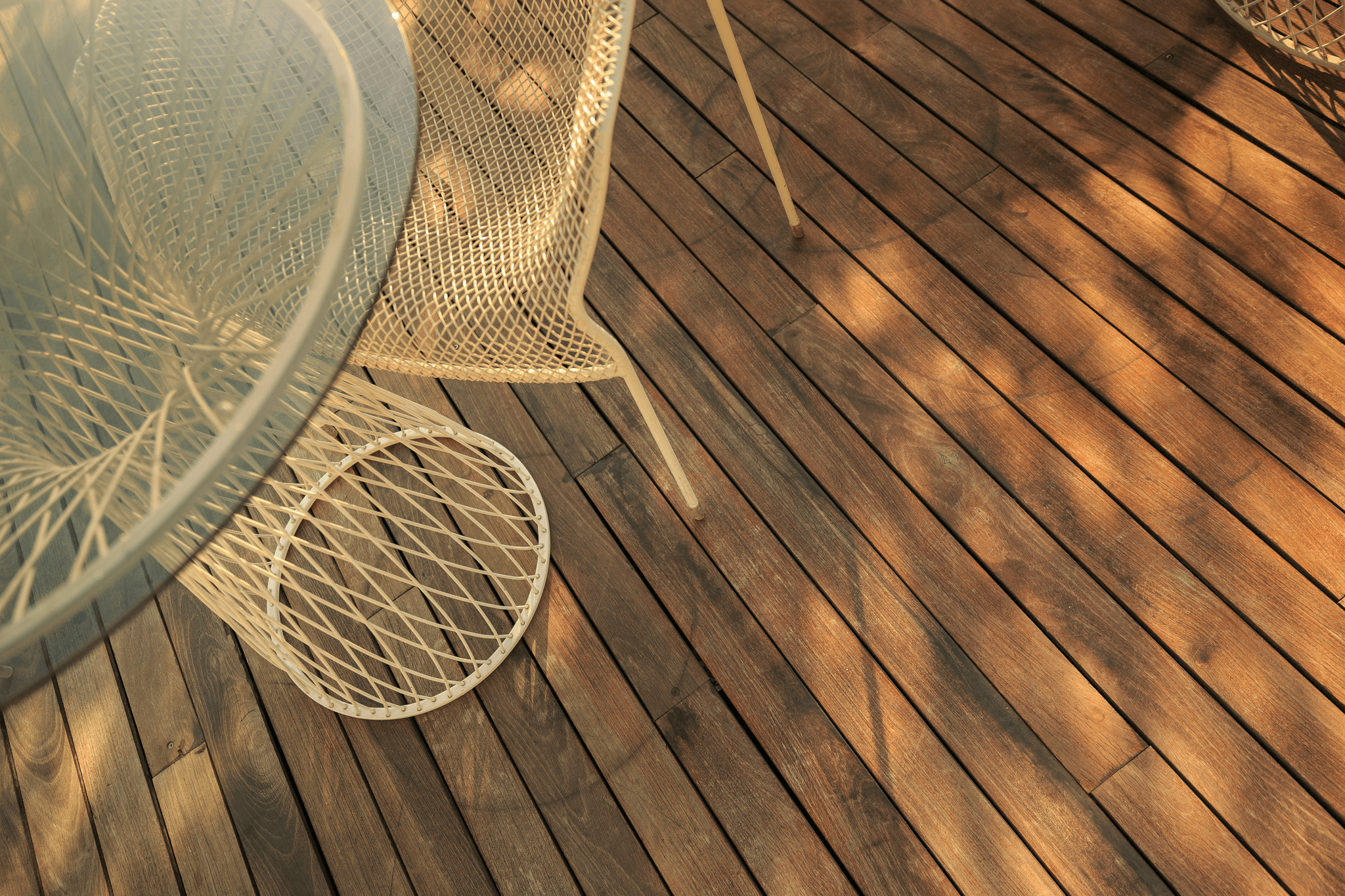
Unlike their hollow core counterparts, solid boards boast a single, continuous structure that can withstand heavy foot traffic and resist warping over time. This robust design makes them ideal for various applications, from expansive outdoor decks to cozy patio areas.
The Structure of Solid Boards
Solid boards are typically made from high-quality wood or composite materials, offering a dense and sturdy construction. Their thickness contributes to their weight and strength, making them less susceptible to bending or breaking under pressure compared to hollow core decking options. Additionally, the uniformity in structure allows for seamless installation and a polished finish that enhances any outdoor space.
Advantages of Solid Board Decking
One of the primary advantages of solid board decking is its unmatched durability; these boards can last for decades with proper maintenance. They also provide a natural look that appeals to many homeowners who prefer traditional aesthetics over modern designs offered by hollow core decking. Furthermore, solid boards require minimal upkeep—just regular cleaning and occasional sealing—to maintain their beauty and functionality.
Another significant benefit is the potential for lower long-term costs; while solid boards may have a higher initial price tag than hollow options, their longevity often results in savings over time due to fewer replacements needed. Additionally, they offer excellent resistance against pests and environmental factors like UV rays or moisture damage—making them an investment worth considering for your deck project.
Best Applications for Solid Boards
Solid boards shine in applications where strength is paramount; they are perfect for high-traffic areas like pool decks or commercial spaces that demand resilience against wear and tear. Their robust nature also makes them suitable for structural elements such as stairs or railings where safety is crucial—something that lighter materials like hollow core decking might struggle with under heavy use.
Moreover, if you’re looking at retrofitting older decks, solid boards provide the necessary heft to reinforce existing structures without compromising integrity—a critical factor when balancing between lightweight options like hollow core decking versus more substantial alternatives. Ultimately, whether you’re building new or renovating an old space, solid board decking offers versatility combined with reliability that few other materials can match.
More Lightweight: Better for Retrofitting Older Decks
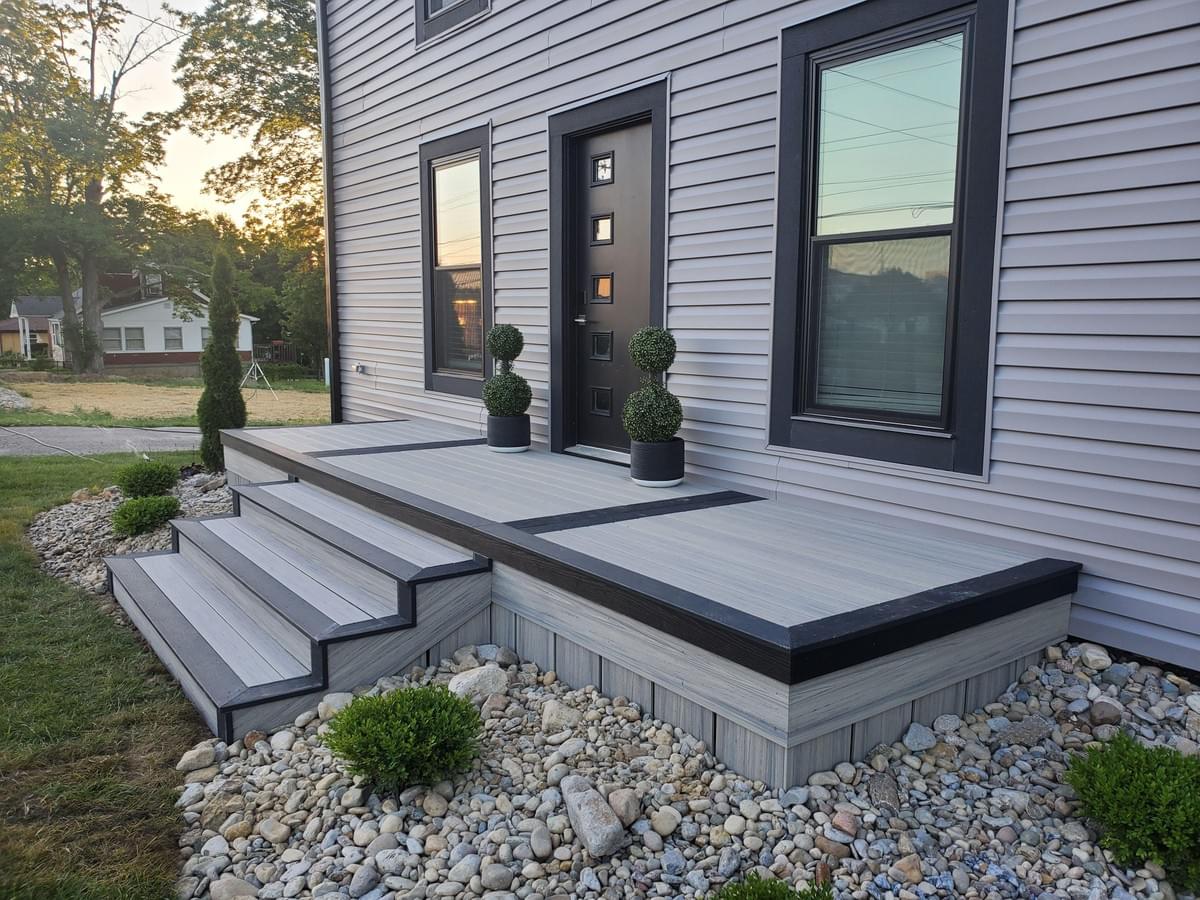
Traditional solid boards can be quite heavy, putting unnecessary strain on existing structures and potentially leading to costly repairs down the line. Hollow core decking, on the other hand, offers a more lightweight alternative that can make your renovation project not only easier but also safer.
The Importance of Weight in Decking
Weight plays a pivotal role in the selection of decking materials, especially when working with older structures that may not be designed to support heavier loads. Heavier boards can lead to sagging or even structural failure if the underlying framework isn’t robust enough. Thus, opting for hollow core decking can alleviate these concerns while still providing durability and functionality.
How Hollow Core Decking Fits Older Decks
Hollow core decking fits seamlessly into the retrofitting process by allowing homeowners to replace worn-out boards without adding excessive weight to their decks. This lightweight nature means you won’t have to reinforce existing structures or worry about compromising stability during installation. Furthermore, hollow core boards offer equal strength compared to solid options, ensuring that you don’t sacrifice quality for convenience.
Retrofits Made Easy with Hollow Boards
Retrofitting with hollow boards is not just practical; it’s also incredibly straightforward! The ease of handling and installation makes it an attractive choice for DIY enthusiasts and professionals alike. Plus, when considering lower cost options over time due to reduced maintenance and longevity associated with hollow core decking, it becomes clear why this choice is gaining popularity among homeowners looking to breathe new life into their outdoor spaces.
Equal Strength: A Closer Look
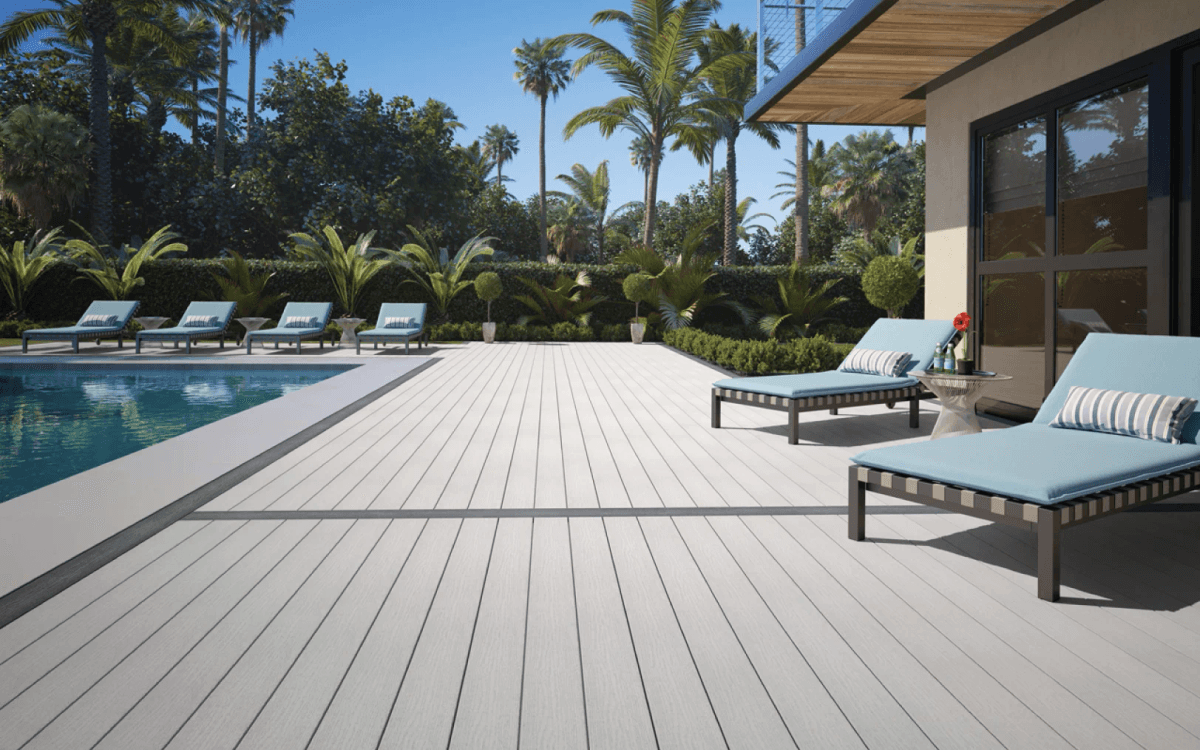
When it comes to decking materials, strength is a crucial factor that can influence your choice between hollow core decking and solid boards. While solid boards have long been considered the go-to option for durability, advancements in technology have leveled the playing field for hollow core decking. Let's delve into how these two contenders stack up against each other in terms of strength.
Comparing Strength in Hollow vs. Solid
At first glance, solid boards might seem like the stronger option due to their uniform density and robust structure. However, modern hollow core decking is engineered with advanced materials that provide impressive strength while being more lightweight: better for retrofitting older decks without compromising integrity. This means that when comparing weight-to-strength ratios, hollow core decking can hold its own and often surpasses expectations.
Moreover, many manufacturers have developed innovative designs that enhance the structural integrity of hollow boards, allowing them to bear loads comparable to those of solid boards. This makes them an appealing choice for homeowners looking to balance performance with ease of installation and maintenance costs. In essence, both options offer unique benefits depending on your specific project requirements.
The Science Behind Equal Strength
The secret behind the equal strength of hollow core decking lies in its design and material composition. Engineers utilize advanced composite materials that create a strong outer shell while maintaining a lightweight inner cavity—this innovative approach optimizes both performance and efficiency. The result? A deck board that’s not only sturdy but also easier on your wallet during installation.
Research has shown that when subjected to load tests, well-constructed hollow boards can withstand significant pressure without bending or breaking—often matching or exceeding the performance metrics of solid alternatives. This scientific backing provides peace of mind for homeowners who may be hesitant about choosing a lighter material over traditional solid wood or composite options. With proper engineering, you can rest assured knowing your deck will stand strong through years of use.
Real-World Performance of Both Options
In real-world applications, both hollow core decking and solid boards have proven their mettle under various conditions—from extreme weather changes to heavy foot traffic scenarios. Many homeowners who have opted for hollow core decking report satisfaction not only in terms of aesthetics but also regarding long-term durability and maintenance ease—an essential factor when considering lower cost solutions over time.
Furthermore, as more people embrace sustainable building practices, the demand for lightweight options is rising; this trend favors products like hollow core decking which are easier to transport and install without sacrificing quality or safety standards. Ultimately, whether you choose solid or hollow boards may come down to personal preference; however, understanding their equal strengths will help you make an informed decision tailored to your needs.
Lower Cost: Budget Considerations
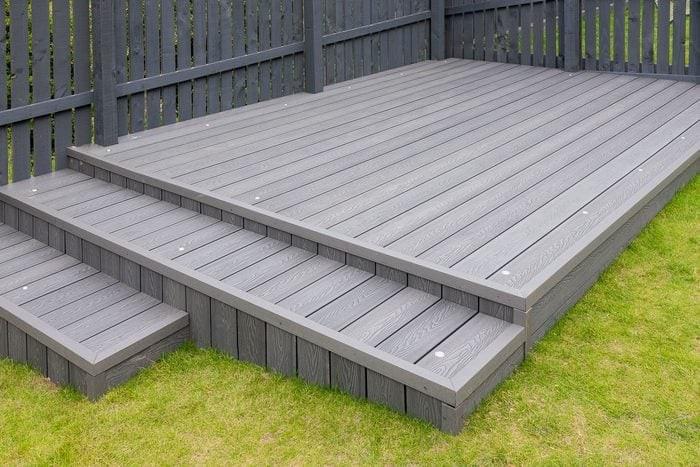
When it comes to choosing between hollow core decking and solid boards, budget plays a significant role. Hollow core decking typically comes with a lower price tag compared to solid boards, making it an attractive option for homeowners looking to save money without sacrificing quality. However, understanding the overall cost implications is crucial for making an informed decision.
Cost Analysis: Hollow vs. Solid Boards
In the cost analysis of hollow core decking versus solid boards, it's evident that hollow options are generally more affordable upfront. This affordability stems from the manufacturing process and materials used in hollow boards, which allows them to be produced at a lower cost than their solid counterparts. While solid boards may offer some advantages in terms of durability and aesthetics, their higher price can be a dealbreaker for many DIY enthusiasts or budget-conscious homeowners.
Long-Term Savings with Hollow Core Decking
Choosing hollow core decking not only saves you money initially but can also lead to long-term savings down the line. The lightweight nature of these boards makes them easier to transport and install, reducing labor costs if you're hiring help for your deck project. Additionally, because they resist warping and fading better than some solid options, you may spend less on maintenance and repairs over time—another win for your wallet!
Balancing Initial Costs and Longevity
While initial costs are important when comparing hollow core decking with solid boards, it's essential to consider longevity as well. Some homeowners might be tempted by the lower price of hollow options but worry about durability; however, advancements in technology have made these lightweight materials surprisingly strong—offering equal strength in many cases to traditional solid boards. Therefore, balancing initial costs with potential longevity will help you make a decision that aligns both with your budget today and your financial goals for the future.
Conclusion

In the realm of decking materials, the choice between hollow core decking and solid boards can significantly impact your project’s outcome. Understanding the unique benefits of each option is essential for making an informed decision that aligns with your specific needs. Whether you prioritize weight, strength, or cost-efficiency, both types offer distinct advantages worth considering.
Choosing the Right Board for Your Project
When selecting between hollow core decking and solid boards, it’s crucial to assess your project requirements carefully. If you're retrofitting older decks, you might find that hollow core decking is more lightweight and easier to handle than its solid counterpart. Conversely, if durability and a traditional aesthetic are paramount for your outdoor space, solid boards may be the better fit.
The Future of Decking: Innovations Ahead
As technology advances, the future of decking looks promising with innovations that enhance both performance and sustainability. Expect to see improvements in materials that combine the lightweight properties of hollow core decking with enhanced strength features typically associated with solid boards. These innovations will likely lead to even lower costs while maintaining equal strength across various applications.
Making Informed Decisions with Composite Decking Inc
Navigating through options like hollow core decking or solid boards can feel overwhelming without proper guidance. By consulting with experts at Composite Decking Inc., you can gain insights tailored to your specific project needs while exploring budget-friendly solutions that don’t compromise on quality. Remember, making informed decisions now will ensure a beautiful and functional outdoor space for years to come.
